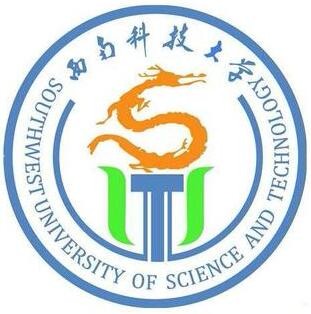题目:Thermal CVD growth of graphene on copper particles targeting tungsten-copper composites with superior wear and arc ablation resistance properties
作者:Dan Dai1, Mingliang Wu1, Shengcheng Shu1,2, Ke Yang1,2, Cheng-Te Lin1,2, Yu Han3, Zhixiang Zhu3, Yi Ding3, Yingze Song4*, Nan Jiang1*
单位:1 Key Laboratory of Marine Materials and Related Technologies, Zhejiang Key Laboratory of Marine Materials and Protective Technologies, Ningbo Institute of Materials Technology and Engineering (NIMTE), Chinese Academy of Sciences, Ningbo 315201, P.R. China.
2 Center of Materials Science and Optoelectronics Engineering, University of Chinese Academy of Sciences, Beijing 100049, P.R. China.
3 State Key Laboratory of Advanced Transmission Technology, Global Energy Interconnection Research Institute Co., Ltd., Beijing 102209, China
4 State Key Laboratory for Environment-Friendly Energy Materials, Southwest University of Science and Technology, Mianyang, Sichuan 621010, P. R. China.
摘要:Tungsten copper (WCu) composite has been widely applied in the fields of electrical contacts, heat exchanger and electronic packing materials, due to its high melting point, high hardness of tungsten (W) as well as superior electrical and thermal conductivities of copper (Cu). However, the ease of high-temperature arc ablation hinders the practical application of WCu in high-voltage environment. Herein, we devise an in-situ wrapping strategy to grow graphene over Cu particles for preparing high-performance WCu composite via thermal chemical vapor deposition (CVD). Distinct from the traditional graphene wrappings, our thermal CVD-enabled low-defect graphene achieves not only its uniform dispersion in the matrix but also strong interface affinity with W particles, thus endowing the composite with desirable mechanical properties and excellent electrical conductivity. Particularly, the wear rate of our sample is approximately 76% lower compared to that of WCu. Moreover, both the arc ablation resistance and electrical conductivity properties of our sample are significantly improved due to the in-situ thermal CVD growth of graphene.
期刊及影响因子:Diam. Relat. Mater.;2.69(2020年2月)
DOI:10.1016/j.diamond.2020.107765.
链接:https://www.sciencedirect.com/science/article/pii/S0925963519309380.
